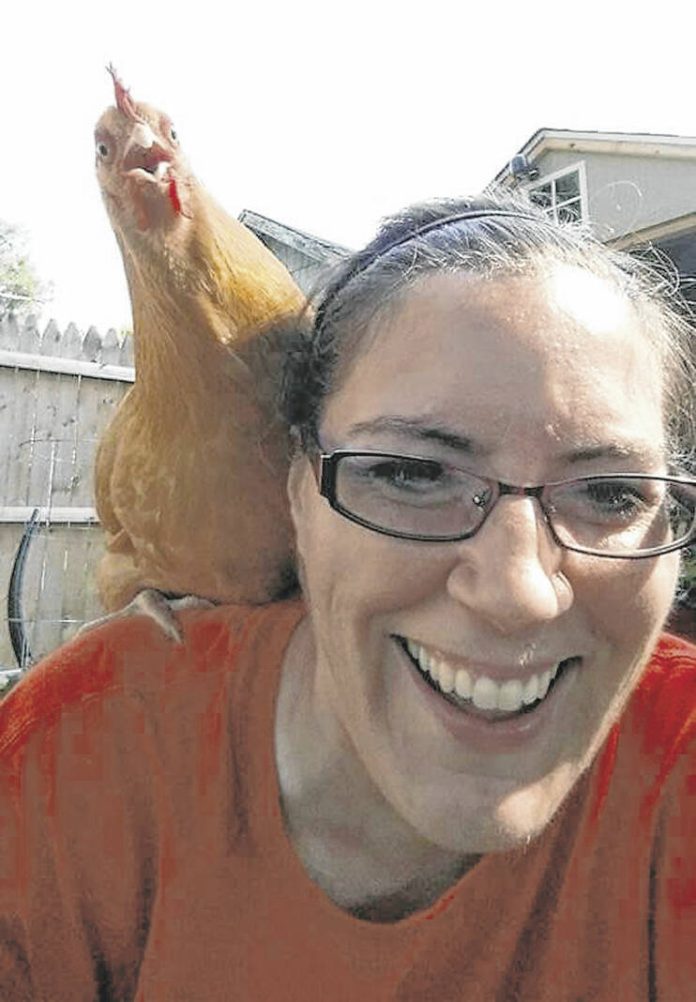
Stephanie Strothmann
There’s a thief (or perhaps thieves) lurking in the chicken coop, and it’s going to take some real feather searching to figure out the mystery.
Every year about this time, unless supported by artificial light, hens decide to go on a bit of a vacation from producing orb-shaped objects from their backsides and cease laying. The biannual molt occurs, too, where the feathered cluckers lose their feathers and grow new ones.
This process takes a lot of the energy away from producing eggs and goes into producing nice, soft, fluffy, new feathers that will carry the birds through the next season. It is normal this time of year to expect a drop in production.
However, what has happened recently goes way beyond what a normal drop in production would be.
Back in August, the number of eggs being produced by around 30 laying hens (of which most are around 2 years old) dropped off significantly. The weather was a bit off, as well, so the absence of eggs wasn’t too alarming at first.
This phenomenon continued through September, and that’s when the culprit (or culprits) started leaving behind evidence that it wasn’t just a decrease in birds laying.
When collecting eggs from the nesting boxes, broken pieces of shell started showing up. The eggs that remained in the boxes displayed clues of little beak-shaped pecking holes.
It didn’t take a scientist to realize the coop was dealing with an egg eater.
Chickens are curious creatures that are omnivores and sometimes even cannibalistic. Nothing is off the dinner plate when it comes time to chowing down. No surprise then that these fowl are direct descendants of the Tyrannosaurus Rex.
Obviously, once the hen laid her egg, the taste of farm fresh was just too tempting, and she gulped it down. So much for getting any profits out of the clucker freeloaders.
It’s going to take some serious reconnaissance now that the cause of the missing eggs has been identified. Tracking devices attached to the birds to locate which one goes in which nesting box is way out of this small farmer’s price range, so it’ll have to be somewhat primitive. A trail cam stationed precisely in front of the nesting boxes will have to do to try and nab the culprit or culprits.
All of this is great in figuring out who has been eating the eggs, but then will come the subject of how to address the sentencing of this fowl act. I’m not one for capital punishment when the crime is ingrained in a 1,000-year-old bird brain, but I think relocation may be in this bird or these birds’ future.
You just never know what’s going to happen on the farm.
Until next time…
Stephanie Strothmann owns Purple Shamrock Farm LLC in rural Seymour. Send comments to [email protected].
